Need design idea for range hood.... to get DW approval
strikeraj
3 years ago
Featured Answer
Sort by:Oldest
Comments (44)
strikeraj
3 years agoRelated Discussions
Fridge, DW, and Range hood help?
Comments (0)I am pretty sure we have selected the cabinets for our kitchen renovation and now I need to research appliances. I have decided to get the NXR 36" range. It seems to have good feedback on here. Although I don't live in a "pro range" neighborhood, I cook a lot and am always frustrated with having to move pots and pans around. This one seems like a happy medium, budget friendly and with a nice size. Now I need input for dishwasher, fridge and range hood. I have budgeted $3000 for fridge, $1000 for dishwasher and $1000 for range hood. I currently have a Whirlpool Gold SXS fridge that is a few years old but I am not happy with it. I get rock hard ice cream and frozen lettuce. If I change the settings, I get warm milk. I am looking for a FD large capacity French Door. I really liked the looks of both the LG and the Samsung but reviews on here don't seem promising. I like the idea of the 4 door fridge. No clue where to look start for dishwashers, I just want one the cleans well. Range hood, needs to be a minimum of 600cfms and I think it will go under the cabinets. My current set up is a microwave which vents outside. I would love some direction in this area and hopefully can narrow it down for Black Friday. Thanks so much!...See MoreNeed ideas for range hood (Pics please)
Comments (5)Check out Nalcar's hood in the thread linked below (as well as the niches). It's a nothing hood. Barely there. Yours would have cabinets framing it a bit on the sides of course as Nalcar has all short cabs. Modern in that kitchen, but invisible in a traditional one, leaving room to do a fab backsplash. Now, you would need a really fabulous behind-the-range treatment if you decided to take the hood out of the decorating equation. Not sure I'd DO it, but it's something to consider along with all the other considerations. Here is a link that might be useful: some niches...See MoreWood range hood vs stainless steel hood restrictions - need help
Comments (8)Hi, I may be able to answer the wood hood question since we went through the same thing recently. It sounds like he's suggesting a wider hood than range width, which is recommended/common although from what I've learned on this site the same width as the range can also work depending on the blower and how the range is used. If you do decide to stick to a 30" wide hood, have you checked the specific dimensions of the hood insert you are wanting to use? They should be slightly smaller than the actual hood width to allow for them to go up inside of the wood hood. While we are going with a 6inch wider hood than our rangetop, we're going to be using a bluestar rangetop and plan on lots of wok cooking. We did have to go back to our cabinetmaker requesting the wider hood and did have to give up some upper cabinet space to achieve what we wanted. Depending on how your parents use their stove, a 30inch hood could work. I'm not sure about the space needed for a stainless hood- I've seen them both butted right up against cabinets and with space in between. Hopefully someone with more expertise will pipe in on that-...See MoreRange & hood in front of window - great idea, or terrible idea?
Comments (19)You guys didn't scare me away, LOL! All very good advice, and definitely a lot of solid arguments I can bring to the designer and MSO and convince them to drop this idea. It's starting to sound like the sink & prep area should be in front of the window, and the range should be either on the side wall, or on a center island that would need to be built (yay, another thread topic). palimpsest, that's actually exactly what the folks on Houzz suggested - hang an island hood in front of it. Pic attached. northcarolina and cstr, I agree 100%, just wanted to get a 2nd opinion. livewireoak and glitterandguns, good points about the time spent on various activities - also something to bring up as a counter-argument. marcolo, that was pretty damn hilarious, thank you! :) :) :) remodelfla and kitchendetective, that was some pretty impressive "detective work"! I like the concept, but unfortunately there's just not enough space to set up something like that, and anyway, it looks like we'll be scrapping the whole range-in-front-of-window idea altogether. Problem solved, it seems. Thanks a lot, everyone, for your VERY useful commentary!...See MoreHALLETT & Co.
3 years agostrikeraj
3 years agolast modified: 3 years agoPatricia Colwell Consulting
3 years agostrikeraj
3 years agostrikeraj
3 years agostrikeraj
3 years agostrikeraj
3 years agolast modified: 3 years agokaseki
3 years agostrikeraj
3 years agolast modified: 3 years agoAglitter
3 years agostrikeraj
3 years agoAglitter
3 years agoAglitter
3 years agostrikeraj
3 years agokaseki
3 years agolast modified: 3 years agostrikeraj
3 years agostrikeraj
3 years agostrikeraj
3 years agoAglitter
3 years agolast modified: 3 years agokaseki
3 years agostrikeraj
3 years agolast modified: 3 years agoAglitter
3 years agoVal B
3 years agoeam44
3 years agostrikeraj
3 years agokaseki
3 years agostrikeraj
3 years agoAglitter
3 years ago
Related Stories
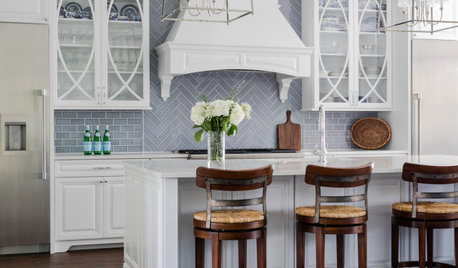
KITCHEN DESIGN10 Terrific New Ideas for Wrapped Range Hoods
See how designers use various materials and ornamentation to play up or play down a covered kitchen range hood
Full Story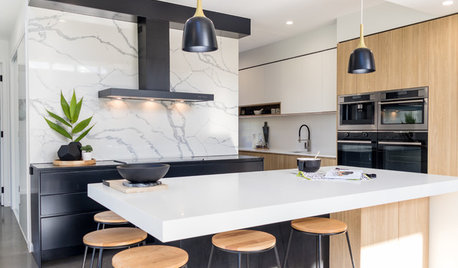
KITCHEN DESIGNHow to Get Your Range Hood Right
Get a handle on the technical specs, and then learn about fun design options for creating a beautiful kitchen feature
Full Story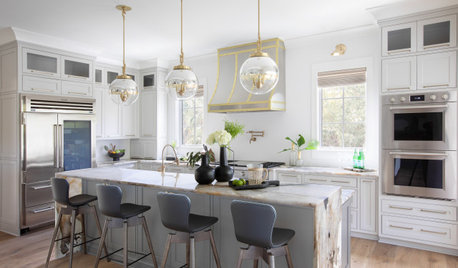
KITCHEN DESIGNDesigner Tips for Range Hoods, Appliances and Lighting
Learn how to get your microwave height just right, what kind of bar stool will be most comfortable and more
Full Story
KITCHEN APPLIANCESWhat to Consider When Adding a Range Hood
Get to know the types, styles and why you may want to skip a hood altogether
Full Story
KITCHEN APPLIANCESThe Many Ways to Get Creative With Kitchen Hoods
Distinctive hood designs — in reclaimed barn wood, zinc, copper and more — are transforming the look of kitchens
Full Story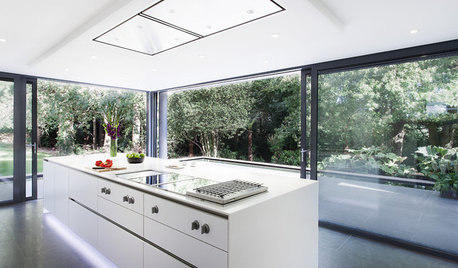
KITCHEN APPLIANCESDisappearing Range Hoods: A New Trend?
Concealed exhaust fans cut visual clutter in the kitchen
Full Story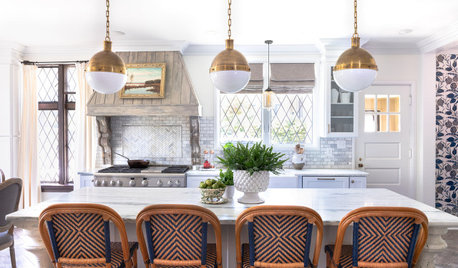
KITCHEN MAKEOVERSKitchen of the Week: Hand-Painted Range Hood and Classic Finishes
A designer puts hardworking materials, repurposed features and personal touches to work in her own charming kitchen
Full Story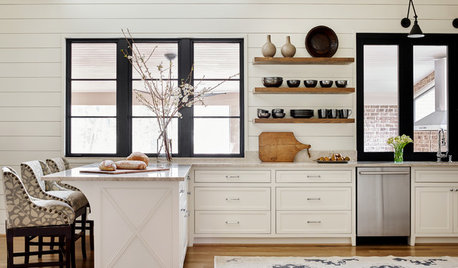
WHITE KITCHENSRoom of the Day: Soothing Kitchen With a Clever Range Hood Hack
Creamy whites and neutral accents keep this kitchen understated. A design trick makes the hood look more expensive
Full Story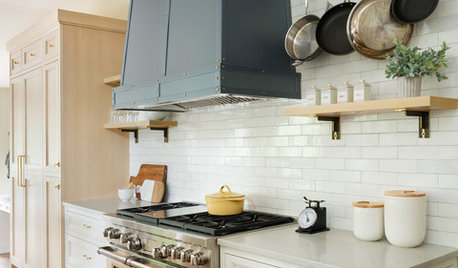
BEFORE AND AFTERS4 Kitchen Makeovers With Standout Range Hoods
In these before-and-afters, see how a custom range hood can take your kitchen renovation to the next level
Full Story


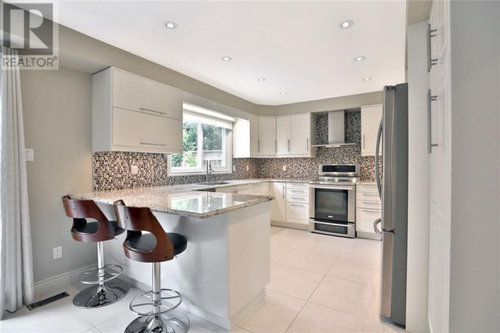

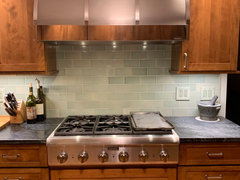

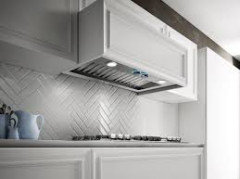
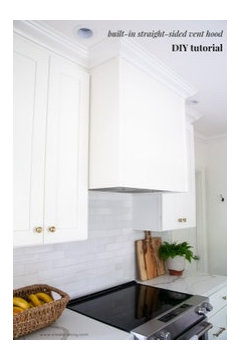



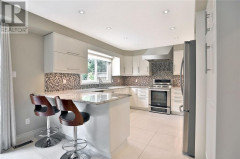
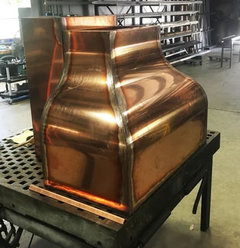

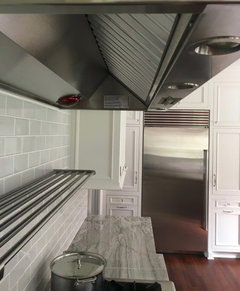
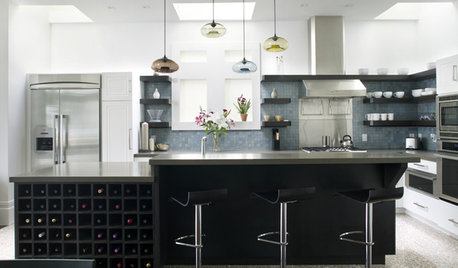
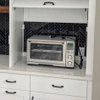
wilson853